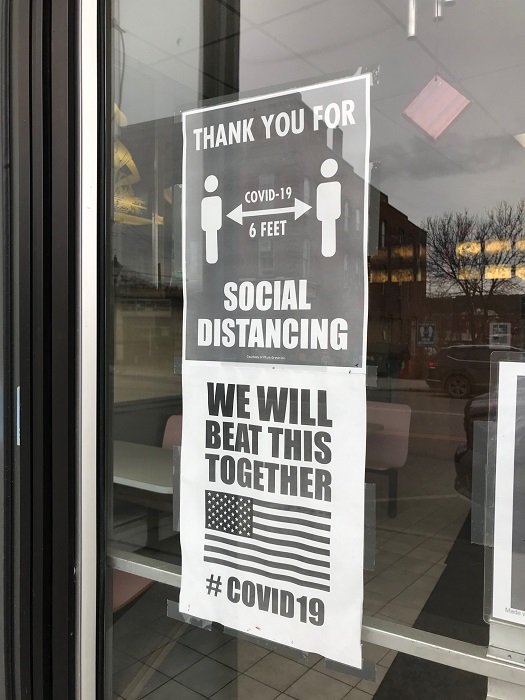A new study is out telling schools what they should do if they expect to stay open while more cases of the coronavirus are being reported. Among its conclusions is kids must substantially reduce the number of physical close encounters with their peers.
Schools may stay open “if appropriate precautions are followed both in school and in the community,” the study states, using predictions from a model of SARS-CoV-2 transmission in the school setting.
The study’s first author, Benjamin Lee, an associate professor of pediatrics, says that the average amount of daily social contacts should be reduced by about 60 percent from the “pre-pandemic baseline” for a safe environment. Total contacts for kids ages 10 to 19 should be reduced by 33 percent from before the virus.
“In other words, necessary restrictions in the community with careful mitigation for older kids is the trade-off that will enable schools to remain open,” Lee said. “Schools should be the last to close and first to re-open.”

THE NEW NORM?: Schools are being asked to keep young children separated and wearing masks as much as possible in order to stay open.
Dr. Anthony Fauci, the director of the National Institute of Allergy and Infectious Diseases since 1984, has been one of the nation’s most hardline COVID-safety advocates. He says now that schools should be open.
“Obviously, you don’t have one size fits all, but as I said in the past, the default position should be to try as best as possible within reason to keep the children in school, or to get them back to school,” he said.
The study draws from a similar study in Shanghai, China, which focuses on analyzing contact data. It looks to measure how much physical contact people have through the course of a typical day and how reducing those interactions might mitigate the spread of the virus. The team looked at contact patterns from before and after when the virus emerged.
Another suggestion from the study is not to worry about younger children because they have little chance of getting sick or spreading the virus. It states that “children under the age of 10 are less susceptible to SARS-CoV-2 infection and rarely transmit the infection to adults or schoolmates.”
The conclusion reiterates that if certain protocols are met, schools should be safe.
“These results, based on contact structure data from Shanghai, suggest that schools can reopen with proper precautions during conditions of extreme contact reduction and during conditions of reasonable levels of reopening in the rest of the community,” the study states.
The rules that schools are already being asked to follow present challenges to both kids and teachers. These include keeping young children separated by six feet, keeping desks pushed apart, having lots of classroom activities outdoors, and reminding very young children to wear their masks even while engaged in physical activities. Most recently, Vermont schools were asking children to reveal if their parents broke COVID rules over the Thanksgiving break.
The study’s senior author, Laurent Hébert-Dufresne, an assistant professor of computer science, argues that strategies to mitigate the virus should be specific.
“It’s not just about the scale of restrictions, but also about how targeted these restrictions are, because the structure of contacts matters,” he said.
An AP report says that COVID-related restrictions on schools are keeping them from remaining financially sound, especially “contact tracing and isolation protocols” that are keeping employees from being able to do their jobs. The report gave numerous examples of large schools being shut down across the nation due to just one or a few people testing positive.
“In Kansas, the 27,000-student Shawnee Mission School District announced recently that middle and high school students would return to remote learning until January because of difficulty keeping buildings staffed,” the AP report states. “Scores of employees are quarantined because of known or potential exposure.”
In a related study, Dr. Walter Gilliam, a child psychiatry and psychology professor at Yale University, found that keeping daycares open showed no correlation with upticks in the virus.
“What we found in the end was that child care providers were no more likely to get COVID-19 or hospitalized for COVID-19 if they were open and attending the child care program, versus if they were closed or not. And what that tells us, that at least within the context of the first three months of the pandemic and within the context of all the things that child care programs were doing to keep children safe, transmission rates weren’t primarily being driven by child care programs,” said Gilliam.
Michael Bielawski is a reporter for True North. Send him news tips at bielawski82@yahoo.com and follow him on Twitter @TrueNorthMikeB.



The indoor school sports programs infuriate me. Some of these go on as if nothing has happened.
Who is calling the shots in this mismanaged area? Is it parents with a lot of influence or the Governor?